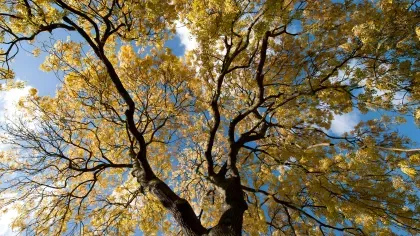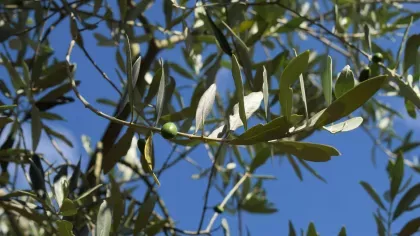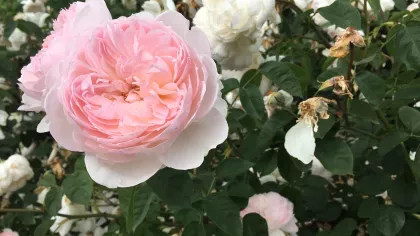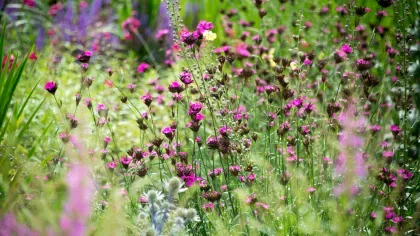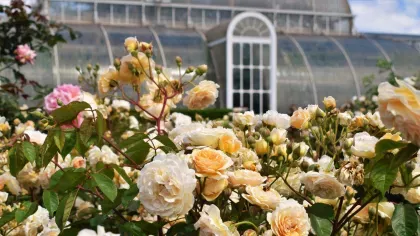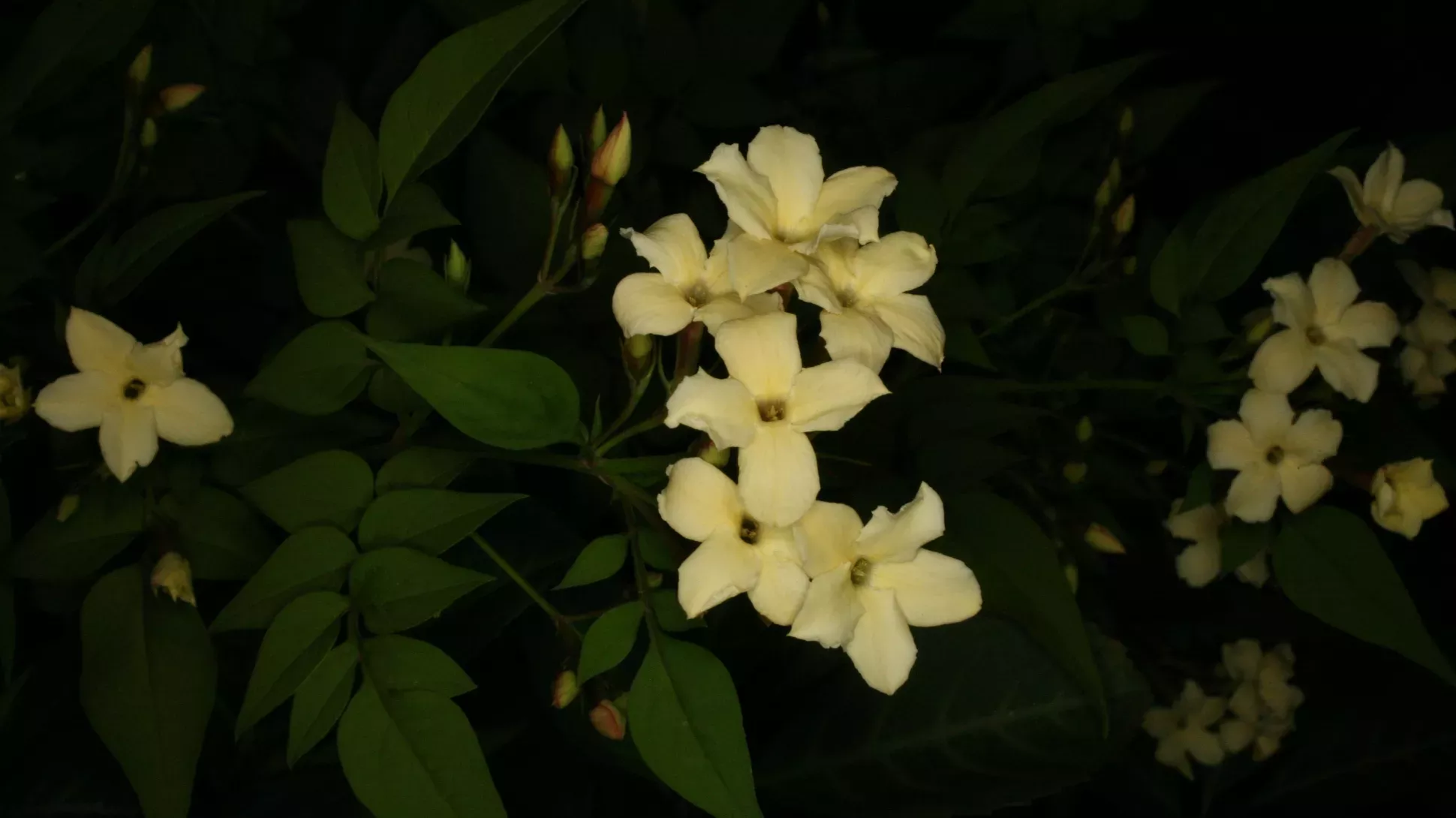
Common jasmine
On this page
Known all over the world for its fragrant scent, common jasmine has been cultivated for at least 2000 years.
Originating somewhere in Asia, jasmine was most likely one of the first plants to be cultivated specifically for its perfume.
The flower was popular in India, China and Persia (modern-day Iran), slowly becoming popular in Europe in the 15th and 16th century.
Today, jasmine is still a popular ingredient in perfumes, soaps and other cosmetics for its soothing and pleasing scent.
Jasmine is a member of the Oleaceae family, which also contains olive, ash and lilac.
Plant description
Common jasmine is a climbing shrub that can grow up to 8 metres tall. The leaves are made up of 7 to 9 smaller ‘leaflets’, which are long, pointed and oval-shaped. The flowers are white or very pale pink, with five petals and strongly scented. The fruits are small black berries.
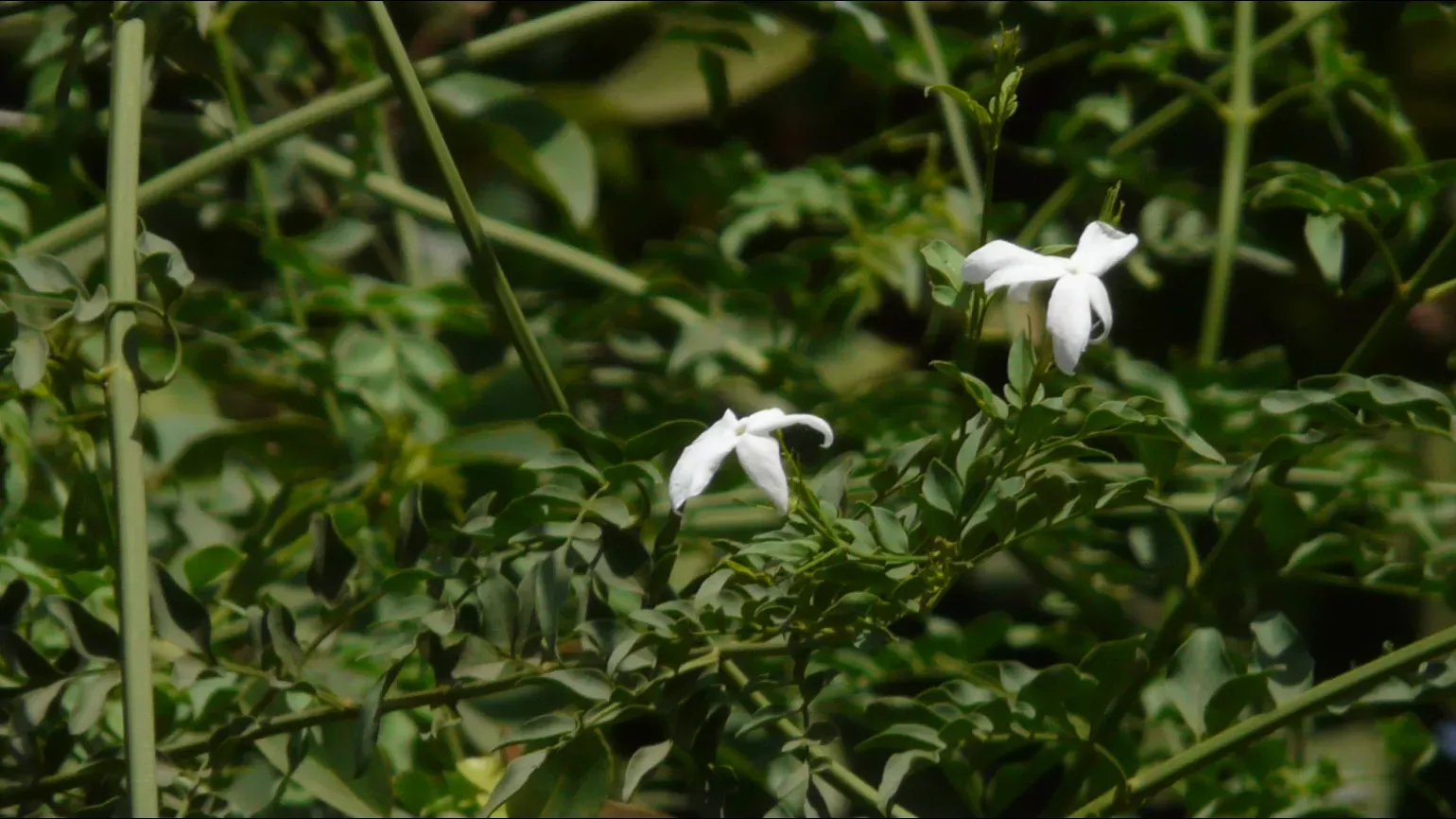

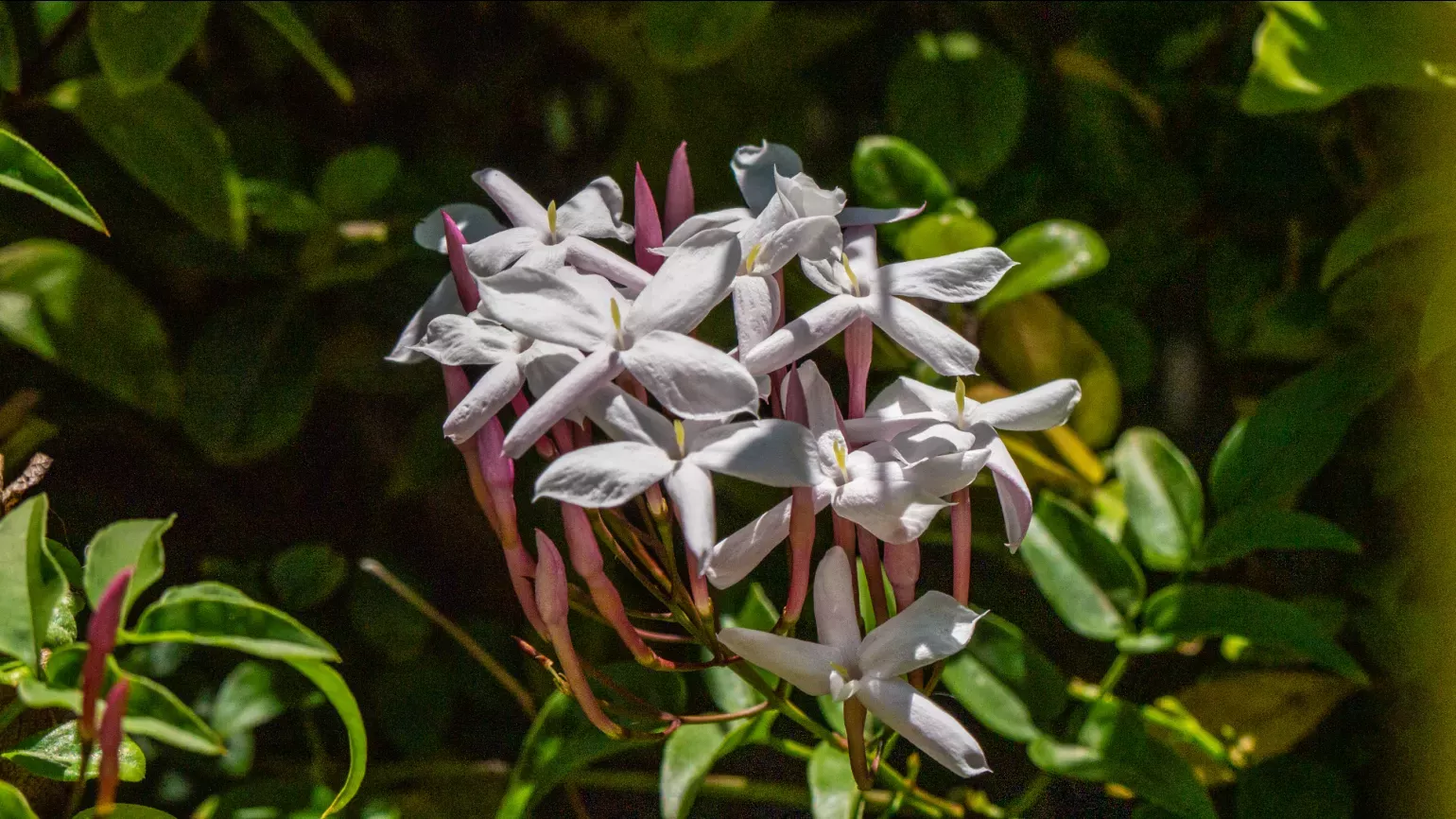
Plant uses
Beauty and cosmetics
Jasmine oil is commonly used in various scented products like soaps and perfumes due to its strong fragrant scent.
Cultural
Jasmine is the national flower of Pakistan, and features on the state emblem.
Jasmine is used in aromatherapy, although there is limited clinical evidence to support its effectiveness.
Did you know?
Jasmine gets its genus name, Jasminum, from the Persian yasmin, which was the name of a perfume potentially made from the flower.
The species name, officinale, (meaning ‘of an officina’, the store room of a monastery), was used by Carl Linnaeus to describe species that had a known culinary or medicinal use.
Where in the world?
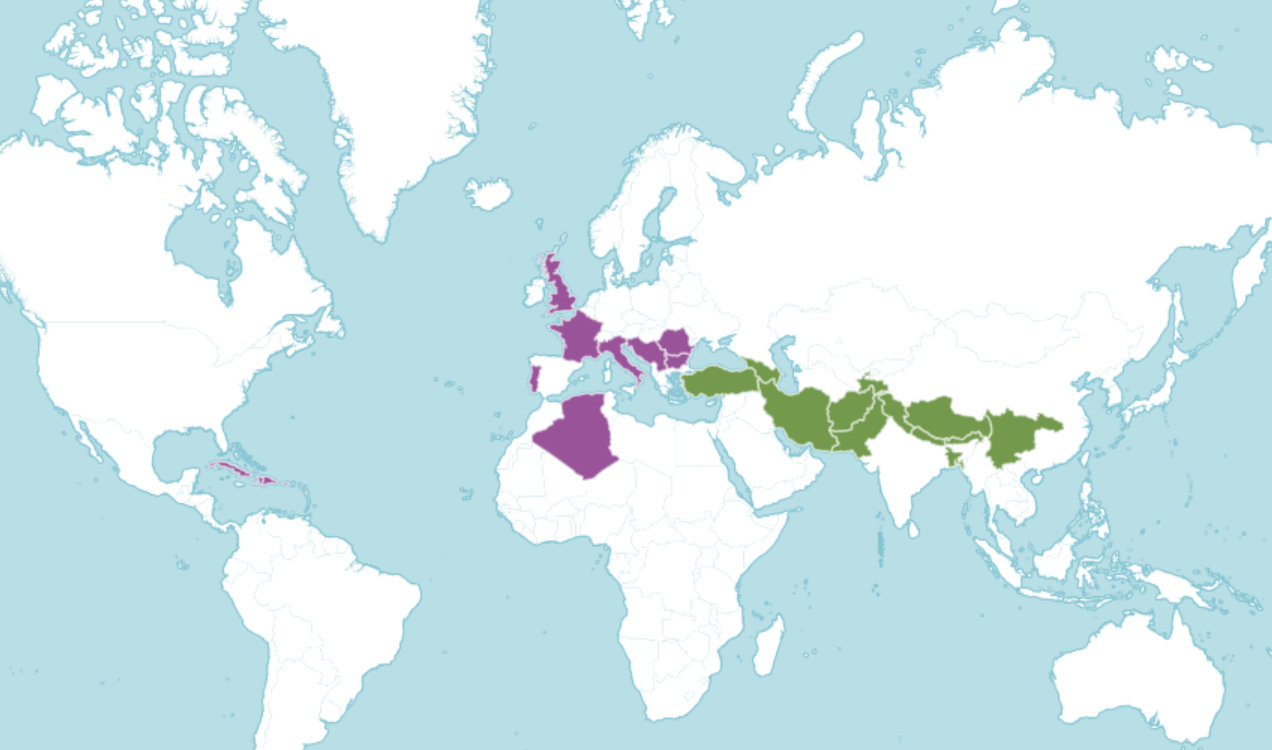
Grows in a range of temperate habitats
